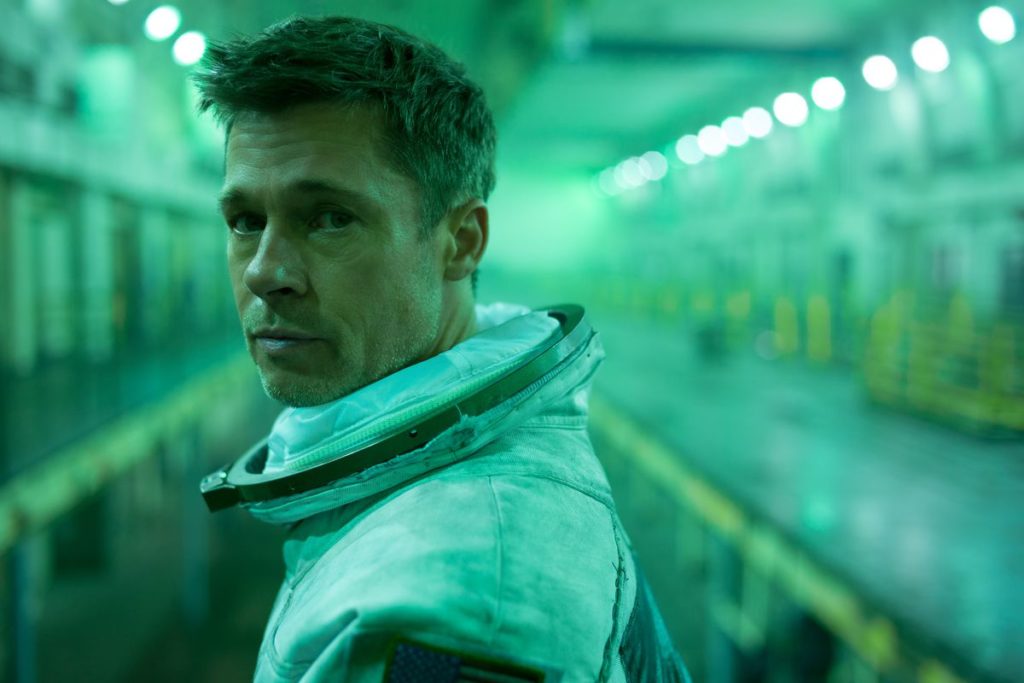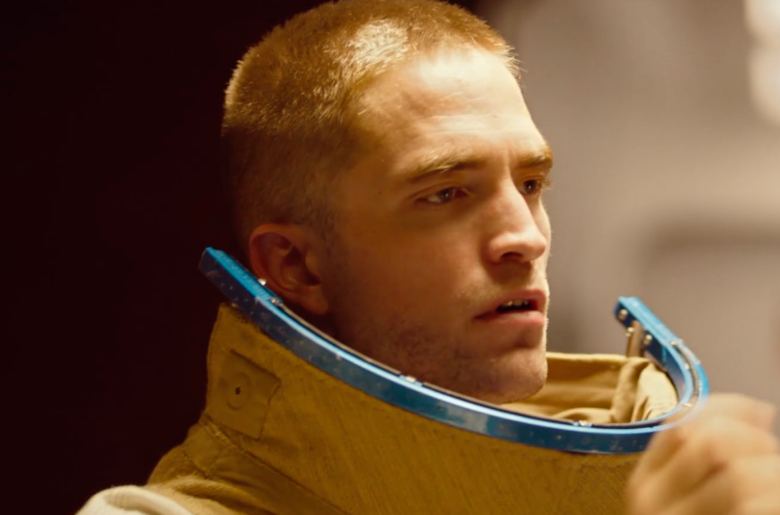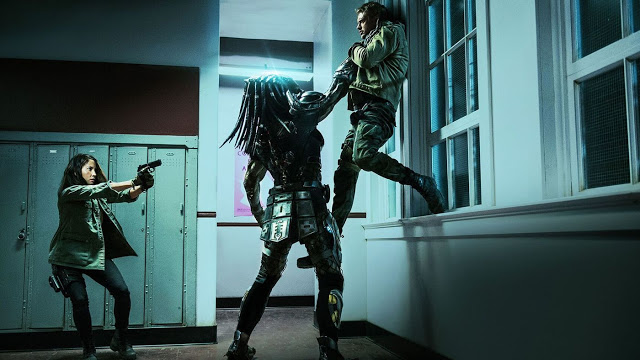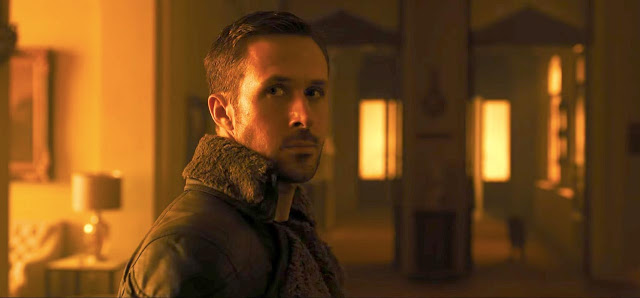Ad Astra: Distant Papa, Can You Hear Me?

Early in Ad Astra, James Gray’s searching, often astonishing, deeply frustrating new film, a man finds himself sitting alone at a kitchen table. A woman, whom we presume to be his wife, enters the background of the frame and starts to walk into an adjoining room, then stops and tilts her head to look at her husband. At this point, most directors would pull focus from the man to the woman, allowing us to discern her expression, be it pensive, affectionate, or disapproving. Gray, however, keeps his camera trained on the man in the foreground, watching his impassive features as he remains still, refusing to turn and look at his spouse. The woman leaves the room as she arrived, a blurred outline: hazy, indefinite, unknowable.
In terms of plot, this is one of Ad Astra’s least essential scenes. But it’s still a revealing moment, demonstrating both its director’s purposeful technique and his thematic and visual priorities. The man at the table isn’t just the movie’s main character but our sole point of entry. He appears in every scene of the film and conveys its lofty ideas, whether through his wistful demeanor or via one of his numerous, egregiously unnecessary voiceovers; here, he informs us that he is focused on his mission to the exclusion of all else. Yet while Ad Astra aspires to be both a bold adventure and a poignant character study—a somber interstellar epic that explores the mysteries of the universe by way of one man’s scarred psyche—its more accurate embodiment is the blurred outline of that faceless woman. With his customary craft, Gray has made a sweeping study of humanity that, despite its strenuous efforts, never feels especially humane. Read More




